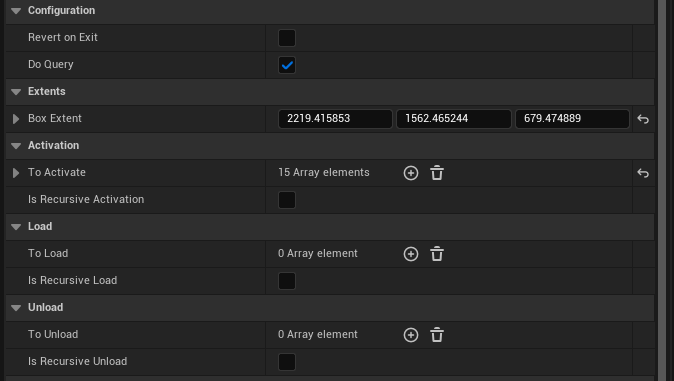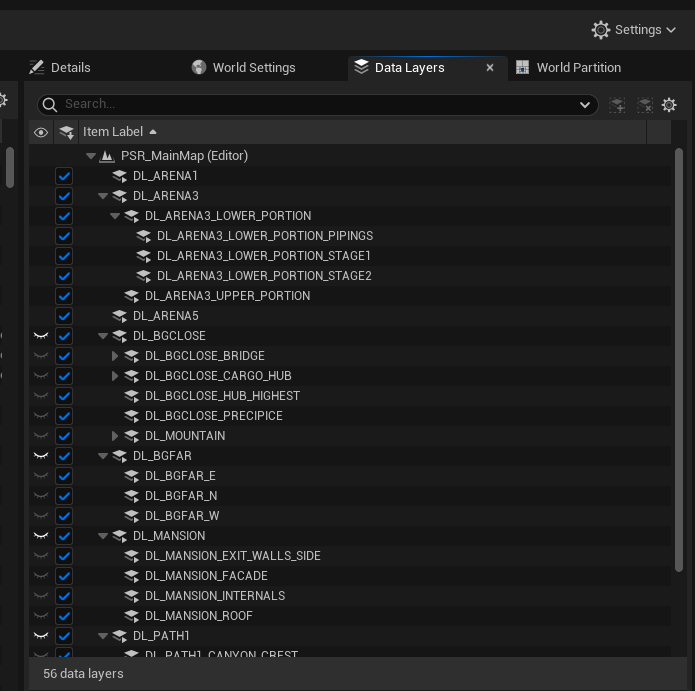About The Game
STEAMRUSH is a third-person boss rush with high-paced
melee combat and steampunk aesthetics.
The player will face three different bosses,
each one with different combat mechanics,
alternating with exploration sections
between the fights, revealing the world’s
narrative through hidden props.
The game is part of the Big Ones, an initiative of AIV - Accademia Italiana Videogiochi aimed at adding a production experience to the teaching carried out in the various courses, from the creation of the game concept to commercial publishing.
STEAMRUSH is the First Big One to ever be published on Steam and is still the best performer, with over 10K downloads reaching players worldwide. Its unique blend of steampunk aesthetics and fast-paced gameplay captured the attention of a diverse audience, cementing its place as a standout title in our catalog. The game’s success showcased its broad appeal and proved the power of a well-executed creative vision.
Contributions
Overview
- Implemented the entire user interface, making it both functional and visually engaging.
- Programmed AI, including Lady Elizabeth (third boss), which turned out to be the most fun to play against.
- Collaborated with the team to develop and refine combat systems and core gameplay features, ensuring responsive and exciting mechanics.
- Handled animation programming, bringing characters and environments to life with fluid movement.
- Built custom tools to optimize the game, improving performance and ensuring smooth gameplay across setups.
- Worked on material optimization and creation to balance visual quality and performance.
- Integrated third-party technologies like the SteamWorks API and Nvidia’s DLSS, enhancing functionality and modern features.
Custom Spacial Asset Loading
Of all the cool systems I implemented for STEAMRUSH, one stands out as a real game-changer:
the custom tool for loading and unloading parts of the map on demand, including entire Blueprints.
This system was critical for managing the heavy resource consumption caused by Unreal Engine 5’s
Nanite and Lumen technologies, especially given the complex, vertical nature of the level design.

In a graphically demanding game, keeping VRAM usage under control is essential—but Nanite and Lumen, while amazing, can eat up memory fast. Unreal Engine’s World Partition streaming system wasn’t a fit for us, as it’s designed for open worlds and works only in 2D space, ignoring verticality entirely. That didn’t work for STEAMRUSH, where verticality is a core part of the design.
To solve this, I implemented a Data Layer-Based Asset Streaming Tool.
Using Data Layers — a relatively new addition to UE5 — I wrote custom classes and components that allowed us
to dynamically load and unload assets based on the player’s location and what was visible from there.
This solution not only improved performance but also brought several other benefits.

This system allowed us to use large, memory-intensive MegaScans meshes while keeping them in VRAM only when necessary. This was crucial because Lumen relies on a significant amount of memory for its dynamic global illumination and reflections By freeing up VRAM through smart asset streaming, we could fully take advantage of Nanite’s detailed geometry and Lumen’s advanced lighting technology without compromising performance.
With this system in place, the game ran much smoother, and collaboration became easier. Assets were now organized and recognizable by location, making them simple to manage. Even better, since Data Layers work both at runtime and in the editor, the team could activate only the layers they needed, significantly improving editor performance and speeding up workflow iterations for everyone.
This tool became a cornerstone of our development process, ensuring that STEAMRUSH looked and played great without compromising on efficiency or creativity.
This is what happens when we use the elevator: notice how the scene changes?
That’s the tool in action! In this case, as the elevator moves, it crosses several volumes that are set to unload assets from the top level while loading detailed Data Layers in the Scrap Knight Arena, and vice versa, depending on whether the elevator is ascending or descending.

Looking Back…
…at the journey of creating STEAMRUSH, it feels like flipping through a cherished photo album filled with challenges, breakthroughs, and unforgettable moments. What started as a spark of an idea grew into something that not only tested our technical limits but also deepened our love for the art of game development.
The development process was as much about discovery as it was about discipline. From the first brainstorming sessions, where the concept of high-speed mechanics and steampunk aesthetics collided in the best way possible, to the countless hours spent perfecting the balance between fluid gameplay and immersive visuals, every step taught us something new.
There were late nights debugging, animated debates over features that deserved a place in the final cut, and those magical moments when something clicked—the satisfaction of a level coming to life or a mechanic feeling just right. It wasn’t just a game taking shape; it was a shared passion, a piece of our creativity coming alive.
Most importantly, STEAMRUSH was a success in more than one way. It reminded us why we got into game development in the first place: to create worlds that resonate with players and bring something unique to the gaming landscape. The overall positive feedback from our community cemented that effort, proving the long hours and iterations were more than worth it.
STEAMRUSH isn’t just a title in our portfolio; it’s a testament to what happens when dedication, collaboration, and a bit of bold creativity combine.
